Linux container developer meeting
 This year, the OpenVZ project will turn 10 years old . We developed the technology of isolated environments for Linux OS even when it was not fashionable. September 19, we are gathering the first meeting of people from the OpenVZ community , those who use our technologies and Linux containers in general. Listen to reports of users and developers of OpenVZ , ask them questions, chat during breaks.
This year, the OpenVZ project will turn 10 years old . We developed the technology of isolated environments for Linux OS even when it was not fashionable. September 19, we are gathering the first meeting of people from the OpenVZ community , those who use our technologies and Linux containers in general. Listen to reports of users and developers of OpenVZ , ask them questions, chat during breaks. Parallels / Odin honored speaker and OpenVZ and CRIU project developer Pavel Emelyanov will open the report session.with his report on container migration. Pavel was involved in container migration technology in Virtuozzo / OpenVZ, and later became the initiator and mentor of the CRIU project, so he already ate the dog on migration. Pavel will talk about all the pros and cons of live container migration, the principles of CRIU and the new sub-project P.Haul (aka “pihl”) .
OpenVZ has long had its own implementation of container memory management technology. The developers went through
There are several paradigms for using containers: use as a full-fledged operating system isolated from the host OS (LXC, OpenVZ / Virtuozzo) and as an isolated environment for one application (Docker). Libct- A library that allows you to create isolated environments and manage resources. The basic idea is to bring containers to the application tier. Now the use of container functionality is hampered by the complexity of using kernel interfaces and the heterogeneity of resource management at the user level. In addition, different operating systems have different interfaces. LibCT will help to forget about these problems and provide a single interface. Sasha Burluka is developing LibCT, so he will be able to answer even the most tricky questions about this library.
Hosting is just one application for Linux containers. Containers changed the idea of DevOps processes, allowing you to smoothly move from one stage of application development to another (development, testing, stage and production), as well as use the microservice architecture. That is why many cloud platforms have already introduced container technologies into the pipeline of application development and launch. DevOps and containers help you implement business plans more efficiently. In the report, we will examine the current situation in the DevOps and container market. We will also discuss well-known problems in this area and methods for solving them for highly loaded complex applications located in containers. Dmitry Lazarenko from the company Jelastic will talk about his experience in using OpenVZ for DevOps tasks.
Initially, containers were positioned as a technology for hosting - the provider should be able to separate the environments of different users, set different parameters for these environments depending on the tariff plan, etc. That is, the idea of using containers in hosting is not new. OpenVZ enjoys well-deserved popularity among hosters. But in order to attract users, hosters must be different from each other. Rusonix is one of the oldest companies on the hosting market in Runet and those companies that have chosen OpenVZ. Konstantin Anisimov (CEO of Rusonix) in his report will talk about the reasons why they chose Virtuozzo and what advantages the use of container technology gives the hosting provider.
CloudLinux is a Linux distribution with its own features for shared hosting (LVE (lightweight virtual environment), CageFS). Ruslan Kupreev works for CloudLinux and at the same time is the developer of CRIU (Checkpoint and Restore In Userspace) . They at the company use CRIU in the Apache mod_lsapi web server module to speed up PHP startup. How it works and how much faster the launch of PHP you will learn from the report of Ruslan.
After there was a boom in the approach to container management, and Docker appeared on the market, hosting users wanted to be able to run Docker containers in regular VPS. OpenVZ provides such an opportunity. Pavel Tikhomirovwill talk about how to use Docker inside Virtuozzo containers, how the approaches to containers in Virtuozzo and Docker differ, what are their pros and cons and why it is useful to combine them. In addition, some technical solutions, examples of using Docker in Virtuozzo and current plans will be considered.
Most existing virtualization solutions use virtual disks (block devices). The most important property of such disks is “thin provision” (the ability to allocate space only if necessary). But a serious minus of this property is the “smearing” of data on the disk during operation. The size of the disk image is constantly growing, even if the amount of actually used data remains constant. As a result, blocks are accumulated on the virtual disk that are allocated, but are not used by the file system.Dmitry Monakhov will tell how the Virtuozzo and CRIU project teams together with LKML solve this problem and why the existing mechanisms are not enough.
Participation in the meeting is free, but you need to register .
If for some reason you can’t participate, you can see the recordings of performances that Yandex promised to post.
